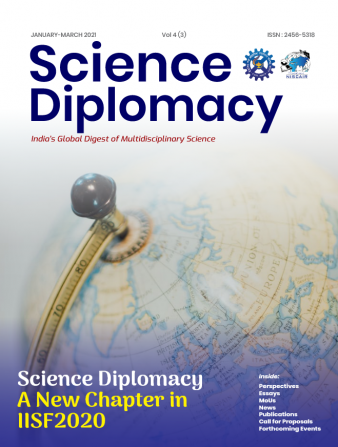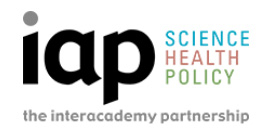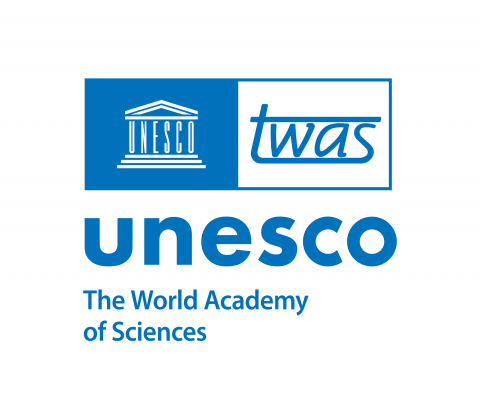The World Academy of Sciences (UNESCO-TWAS) and the InterAcademy Partnership (IAP) are closely linked.
While TWAS hosts one of the secretariat offices of IAP at its headquarters in Trieste, Italy; as an academy of science, TWAS is also a member of IAP. TWAS, however, is dedicated to building scientific capacity in the South, on the understanding that having access to local expertise and local understanding is the best way for nations to tackle their science and technology (S&T)-related challenges. TWAS also focuses on building the capacity of young scientists in the South to engage in science diplomacy.
IAP, on the other hand, promotes the use of the best available scientific knowledge in national, regional and global policymaking. Both organizations are also dedicated to promoting the use of S&T to achieve the UN 2030 Agenda, the Sustainable Development Goals (SDGs).
In this article, authors argue that for the international science community to move concretely towards sustainable development outcomes, they must work towards developing a practice of Science Diplomacy that is based on three tenets: international scientific knowledge and methods, a local experience which we characterize borrowing James Scott’s notion of metis, and an unwavering commitment to SDG#17 (Partnerships for the Goals) and SDG#10 (Reduced Inequality). By doing so, we can tackle both fast and slow-burn issues in science diplomacy, effectively working towards progress across the SDGs, supporting women in science, and welcoming refugee and displaced scientists.
Science Diplomacy and the SDGs
The issues behind the SDGs run along with a gamut of time-scales. SDG#13 as well as the Paris Climate Accord commits countries to ‘Climate Action’, while SDG#14 commits them to protecting ‘Life Below Water’, and SDG#15 to protect ‘Life On Land’. Global responses to these issues, which are playing out over decades, have been similarly laboured. In the case of the current COVID-19 pandemic, however, there was just one month between the report of a cluster of cases of pneumonia in the city of Wuhan, China (31 December 2019), and the World Health Organization (WHO) Director-General, Tedros Adhanom Ghebreyesus, announcing that the outbreak (caused by a virus we now know as SARS-COV-2) constituted a Public Health Emergency of International Concern (PHEIC) (on 30 January 2020). The first reported infection outside China was in Thailand (13 January 2020) and by March, the WHO announced that more than 100 countries had been affected. At the time of writing (31 March 2021), the WHO is confirming 127,877,462 cases and 2,796,561 deaths.
One would think that a PHEIC that emerged and spread so quickly and has reached such global proportions would have generated a concerted global science diplomacy response. Despite the best efforts of the WHO to coordinate such a response, in fact, quite the opposite happened. Countries unilaterally closed borders and issued travel restrictions (in most cases, too late), and there was a scramble by many nations to secure personal protective equipment (PPE) that would allow, especially, health care workers and other front-line personnel to carry on their work in safety. The lack of international cooperation, even after the insistence of the WHO and other bodies (including IAP), seems to have been a failure for science diplomacy. If nations cannot work together during such a rapidly-developing international emergency and when the public can judge politicians’ words and actions almost in real-time, then how can countries be persuaded to work together when the emergency is perceived to be more slow-burning such as climate change or biodiversity loss?
This article was published in the January-March 2021, Vol 4 (3) edition of Science Diplomacy, India’s Global Digest of Multidisciplinary Science.


